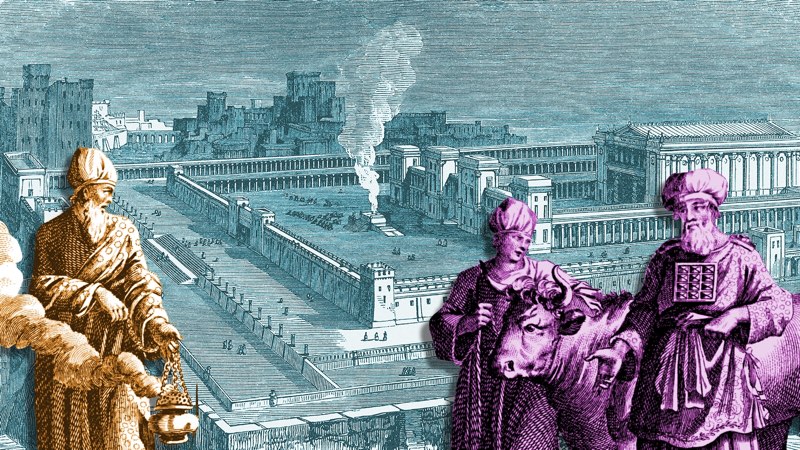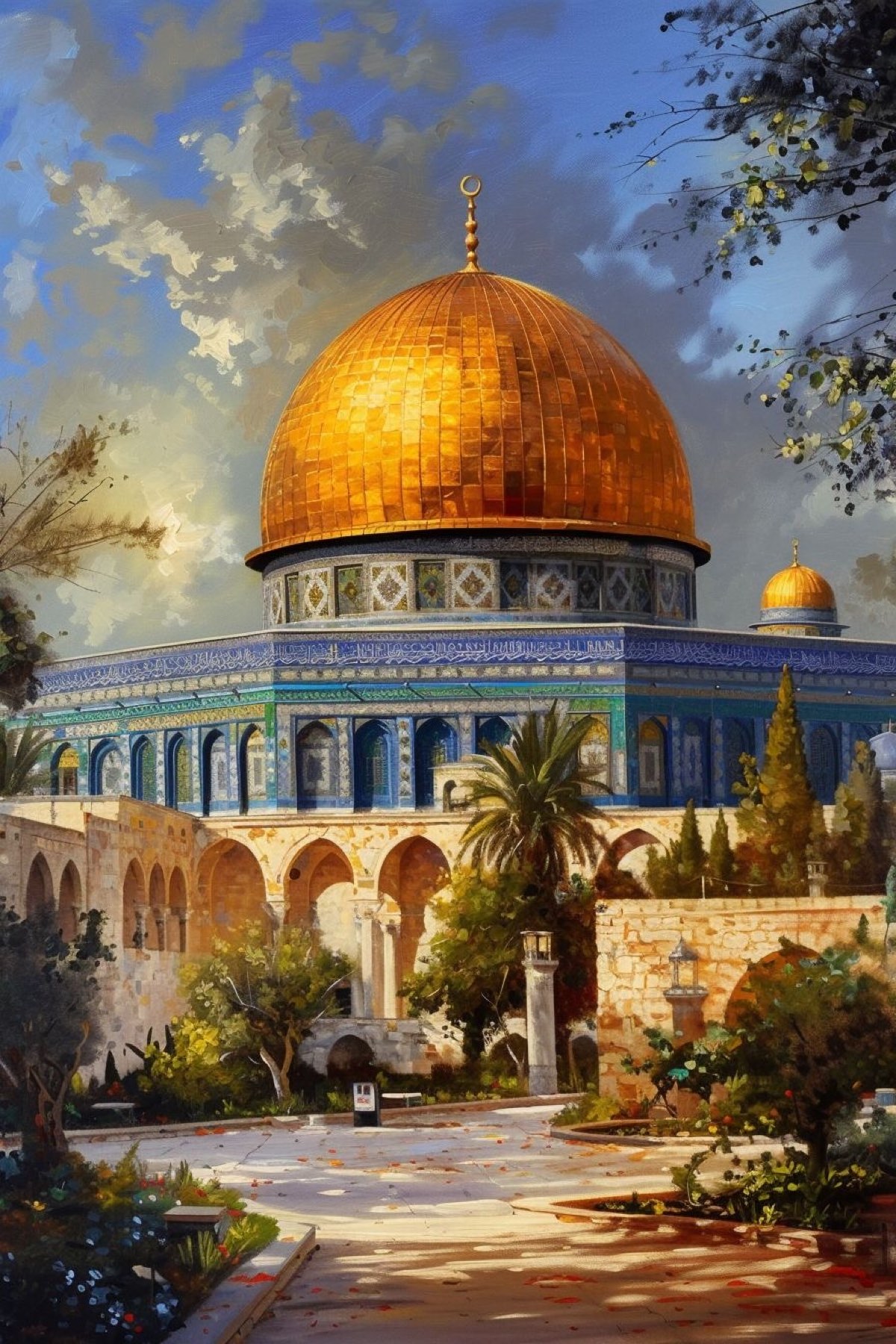Some believe that the destruction of the First and Second Jewish Temple by the Babylonians and Romans indicates that God had abandoned Jews, and they were no longer His chosen ones. Theologically, their fate is similar to Cain, the son of Adam, whose sacrifice God rejected. How is this argument explained?
This is a complex and controversial question that has been debated by Jewish theologians and scholars for centuries.
The argument being presented suggests that the destruction of the First and Second Jewish Temples by the Babylonians and Romans, respectively, signifies that God had abandoned the Jewish people and revoked their chosen status. This perspective can be interpreted from a theological standpoint, drawing comparisons to the story of Cain, whose sacrifice God rejected.
The comparison suggests that, just as Cain was rejected by God, the Jewish people also faced rejection through the destruction of their temples. The Jewish Temple, serving as a central place of worship and sacrifice, symbolized this rejection.
In this interpretation, the destruction of the Jewish Temples is seen as a divine sign that God had abandoned the Jewish people and withdrew His favor from them. It suggests that their fate is similar to that of Cain, implying a loss of chosen status and a sense of divine rejection.
According to this line of reasoning, the destruction of the temples may be seen as a consequence of the Jewish people's actions. In the case of Cain, God rejected his sacrifice because of his disobedience and lack of genuine devotion. Similarly, some suggest that the destruction of the temples could be understood as a response to the Jewish people's shortcomings, such as their failure to follow God's commandments or their moral transgressions.
This line of thought might interpret these historical tragedies as a sign of losing the status of being “chosen” by God.


